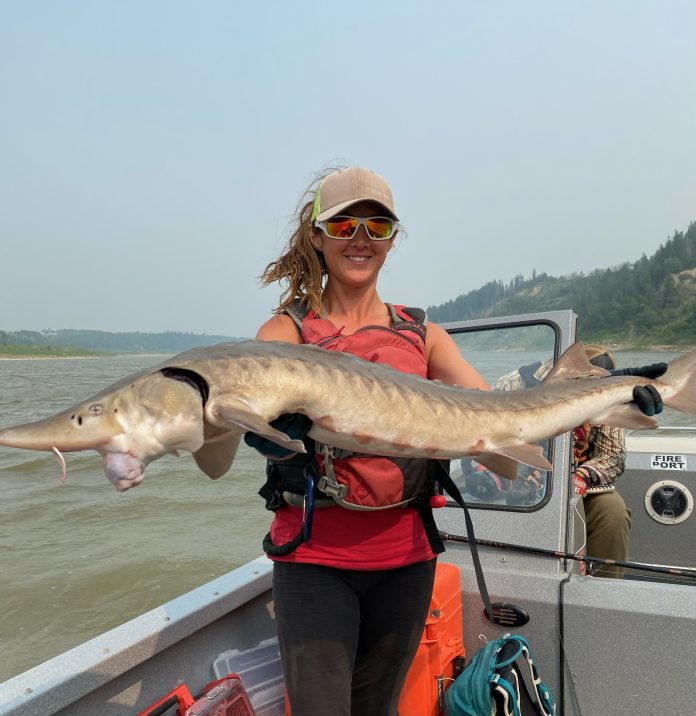
What do an autobody mechanic and natural resources student have in common?
Well, if you’re Saskatchewan Polytechnic student Courtney Cherpin, the answer is ‘they’re the same person.’ Cherpin graduated from Sask. Poly in 2015 and began working as an apprentice in an autobody shop. After 11 years, the shop closed, and Cherpin decided to head back to school.
Now at age 32, she’s going to graduate a second time this spring, this time in the field of Natural Resource Technology.
“It’s pretty smooth,’ Cherpin said when asked about her second run with Sask. Poly. “Now a lot of things are online. There’s a lot of material online. If you miss a class, it’s probably online. School’s been a lot easier this time around, I find.”
Cherpin is part of a growing number of post-secondary students who are heading back to school, but in a different field. On Thursday, she’ll be among the panelists at a ‘Returning to Learning’ information night designed to help residents who have already graduated once decide whether to head back to school.
“I think it’s actually really important that people who are mature—not 18-years-old (and) fresh out of high school—know that they can return to school and be successful later in life,” Cherpin explained. “I am 32 now and I just decided to go back to school two years ago. I’m actually on track to getting my masters, so it’s going to be a long trek, but it’s going to be good. I want other people to know they can do that later in life.”
After graduating this spring, Cherpin is headed to work for the Water Security Agency where she’ll help with a Lake Sturgeon Spawning Assessment. It’s a dream job for someone like Cherpin, who started fishing at a very young age.
“My dad got me into fishing as a really young girl, and in the last 10 years, fishing kind of took over my life recreationally,” she said.
“The bodyshop closed so I decided to go back to school and pursue my love for the outdoors. I found out there was a whole class dedicated to the outdoors, which specialized a lot in fisheries, so that really helped me out. I want to work in fisheries—any kind of fisheries—and sturgeon just kind of fell into my lap so that’s the way I’m going to go.”
Despite the name, Lake Sturgeon require fast running water and rapids to breed. The fish are mostly confined to the North Saskatchewan and South Saskatchewan river systems, but environmental degradation, damming, and consecutive dry summers, are reducing their numbers.
“We’re just trying to dial into what we can do to help them,” Cherpin said.
“They are losing their spawning habitats steadily because of the climate change and the changing water levels and temperatures and just all the stuff we’re putting into the water too is really not helping.”
Lake Sturgeon need plenty of water flowing over rocks to create rapids. Without that high-water level, the rocks are exposed, and the fish lose their spawning ground.
Ideally, Cherpin said they’d like to get the Lake Sturgeon listed as endangered under the Species at Risk Act (SARA). However, they need more data before that can happen.
Returning to Learning’ runs from 6 p.m. to 7:30 p.m. at the Saskatchewan Polytechnic Prince Albert campus on Thursday, March 21.
@kerr_jas • jason.kerr@paherald.sk.ca

